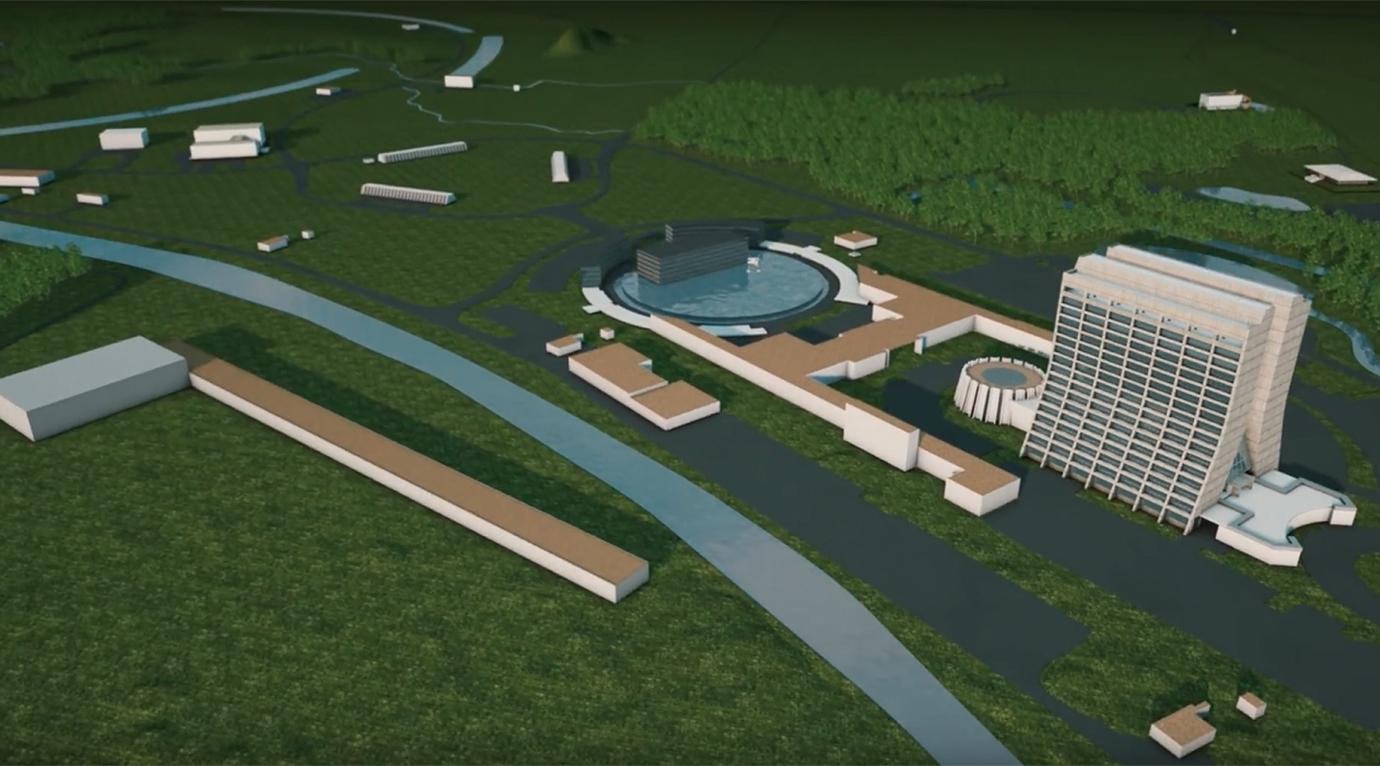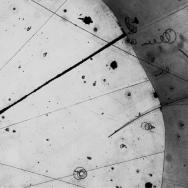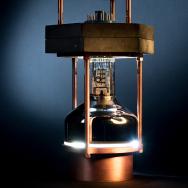Fermi National Accelerator Laboratory and its international partners on Nov. 14 broke ground on an innovative experiment that aims to answer some of the biggest questions about the universe.
The Long-Baseline Neutrino Facility will one day produce the world’s most intense, high-energy neutrino beam, sending trillions of particles 1,300 kilometers underground to South Dakota as part of the Deep Underground Neutrino Experiment. Hosted by Fermilab, a U.S. Department of Energy lab affiliated with the University of Chicago, DUNE brings together more than 1,000 people from 30-plus countries to tackle questions that keep physicists awake at night: Why is the universe full of matter and not antimatter, or no matter at all? Do protons, one of the building blocks of atoms (and of us), ever decay? How do black holes form?
DUNE will look at mysterious subatomic particles called neutrinos: neutral, wispy wraiths that rarely interact with matter, but are thought to hold the keys to many of these mysteries.
Because neutrinos are so antisocial, scientists have to build enormous particle detectors to catch and study them. These behemoth neutrino traps will contain a total of 70,000 tons of liquid argon at their home 1.5 kilometers below the rock in the Sanford Underground Research Facility in South Dakota.
That’s where Fermilab’s particle accelerator complex comes in. At Fermilab, the Long-Baseline Neutrino Facility will produce a beam of intense neutrinos and send them straight through 1,300 kilometers of earth all the way to South Dakota.
The twist? Fermilab’s existing particle accelerators propel protons—useful particles, but not the ones that neutrino scientists want to study. So how do researchers plan to turn Fermilab’s first megawatt beam of protons into the trillions of high-energy neutrinos per second they need for DUNE? For that scientists turn to the Long-Baseline Neutrino Facility, or LBNF.
Step 1: Grab some protons
The first step is to siphon off particles from the main injector (otherwise, the circular accelerator will act more like a merry-go-round). Engineers will need to build and connect a new beamline, including kicker magnets to change the beam’s course.
They’ll also build the new LBNF beamline itself, using 24 dipole and 17 quadrupole magnets, most of them built by the Bhabha Atomic Research Center in India.
Step 2: Aim
Most accelerators use charged particles (such as protons), so they can steer them using magnetic forces. But that won’t work for neutrinos, because they are neutral; once a neutrino is born, it keeps heading in whatever direction it was going, like a kid riding the world’s longest Slip ‘N Slide. So they can’t be guided so much as aimed.
As they build the LBNF beamline, crews will drape it along the curve of an 18-meter-tall hill. When the protons descend the hill, they’ll be pointed toward the DUNE detectors in South Dakota. Once the neutrinos are born, they’ll continue in that same direction, no tunnel required.
But the particles in the beam are still protons. To turn them into neutrinos, there are a few more steps.
Step 3: Smash things
The protons will smash straight into a target, probably a 1.5-meter-long rod of pure graphite—think of your pencil lead on steroids.
This deposits their energy and unleashes a spray of new particles—mostly pions and kaons.
Step 4: Focus the debris
As protons strike the target and produce pions and kaons, devices called focusing horns take over. The pions and kaons are electrically charged, and these giant magnets direct the spray back into a focused beam.
To create the focusing field, the metallic horns receive a 300,000-amp electromagnetic pulse about once per second—delivering more charge than a powerful lightning bolt.
Step 5: Physics happens
Focused into a beam, the pions and kaons exit the target hall and travel through a 200-meter-long tunnel full of helium. As they do, they decay, giving birth to neutrinos.
Then it’s time to wave farewell. Be quick: Their 1,300-kilometer journey through the Earth at close to the speed of light will take four milliseconds, not even close to how long it takes to blink your eye. But for DUNE scientists, the work will be only beginning.
Scientists will measure the neutrinos again with their gigantic particle detectors in South Dakota. Researchers will collect mountains of data, examine how neutrinos change, and try to figure out some of the many neutrino puzzles, including: which of the three types of neutrinos is actually the lightest? Do neutrinos behave the same as their antimatter counterparts? And the biggest question of all: Are neutrinos the key to why matter won the battle with antimatter at the dawn of the universe?
And that’s how you make the world’s most powerful neutrino beam.
—Adapted from an article by Lauren Biron originally posted on the Fermilab website.











